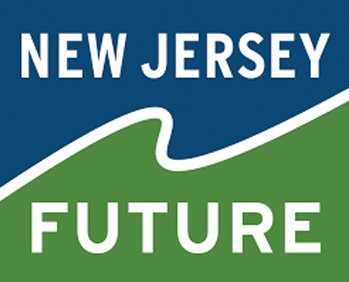What is green infrastructure?
Green infrastructure is an approach to managing stormwater that is modeled on natural processes and systems. The NJDEP defines green infrastructure as a stormwater management measure that manages stormwater close to its source by:
- Treating stormwater runoff through infiltration into subsoil;
- Treating stormwater runoff through filtration by vegetation or soil; or
- Storing stormwater runoff for reuse.
Unlike conventional gray infrastructure, which carries rainwater away from where it falls through gutters, drains, and pipes, green infrastructure keeps most stormwater on site through infiltration and beneficial reuse. In urban and suburban areas, this helps restore the natural water cycle and provides many environmental benefits. Rain gardens, green roofs, pervious pavements, and other types of green infrastructure practices can save money, satisfy permitting requirements, and increase public acceptance of your development project.
Green infrastructure practices have been installed successfully throughout New Jersey and they have proven to be as effective as gray infrastructure at managing stormwater in many settings. They offer a cost-effective way for developers to meet regulatory requirements, provide aesthetic enhancements for communities, attract customers to retail centers, and reduce long-term building energy costs.
